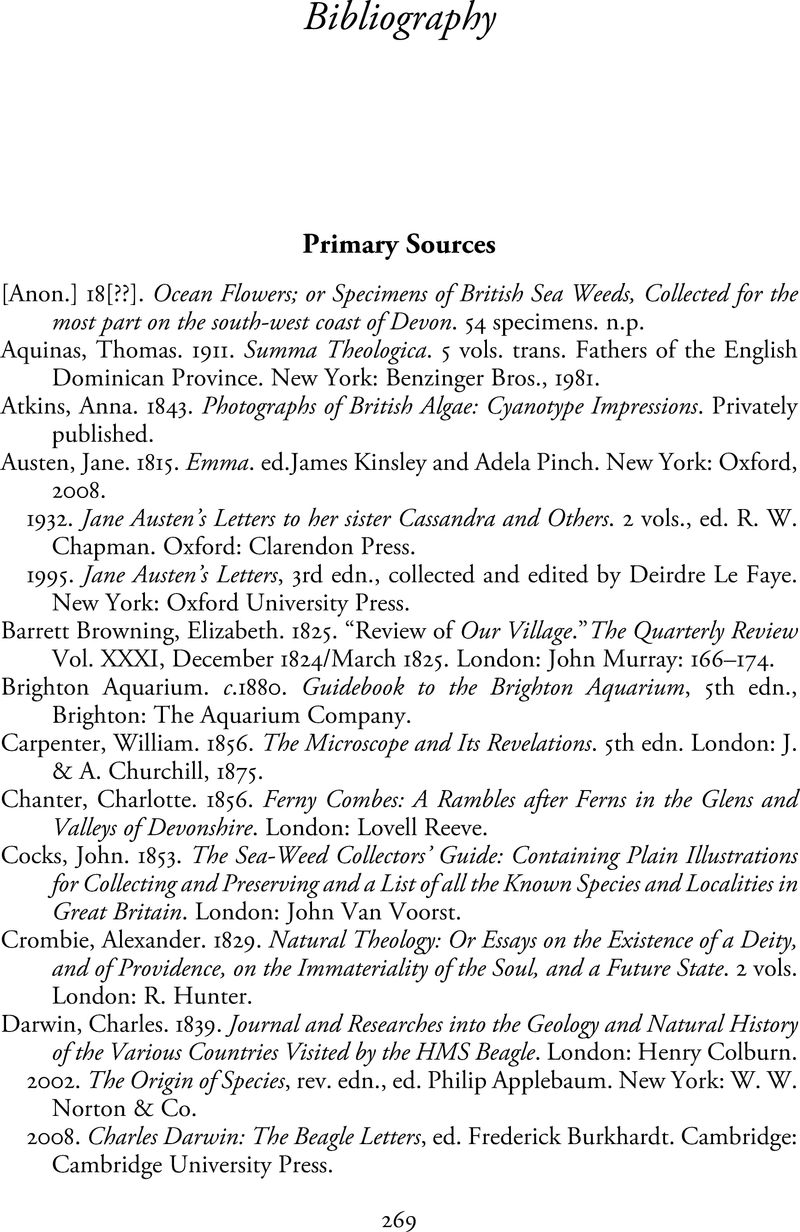Book contents
- The Divine in the Commonplace
- Cambridge Studies in Nineteenth-Century Literature and Culture
- The Divine in the Commonplace
- Copyright page
- Dedication
- Contents
- Figures
- Acknowledgments
- Introduction Natural History, the Theology of Nature, and the Novel
- Chapter 1 Reverent Natural History, the Sketch, and the Novel: Modes of English Realism in White, Mitford, and Austen
- Chapter 2 Early Victorian Natural History: Reverent Empiricism and the Aesthetic of the Commonplace
- Chapter 3 The Formal Realism of Reverent Natural History: Tide-pools, Aquaria, and the Seashore Natural Histories of P. H. Gosse and G. H. Lewes
- Chapter 4 Reverence at the Seashore: Seashore Natural History, Charles Kingsley’s Two Years Ago (1857), and Margaret Gatty’s Parables from Nature (1855)
- Chapter 5 Seeing the Divine in the Commonplace: George Eliot’s Paranaturalist Realism (1856–1859)
- Chapter 6 Elizabeth Gaskell’s Everyday: Reverent Form and Natural Theology in Sylvia’s Lovers (1863) and Wives and Daughters (1866)
- Epilogue Barsetshire via Selborne: Anthony Trollope’s The Last Chronicle of Barset (1867)
- Notes
- Bibliography
- Index
- Cambridge Studies in Nineteenth-Century Literature and Culture
- References
Bibliography
Published online by Cambridge University Press: 06 July 2019
- The Divine in the Commonplace
- Cambridge Studies in Nineteenth-Century Literature and Culture
- The Divine in the Commonplace
- Copyright page
- Dedication
- Contents
- Figures
- Acknowledgments
- Introduction Natural History, the Theology of Nature, and the Novel
- Chapter 1 Reverent Natural History, the Sketch, and the Novel: Modes of English Realism in White, Mitford, and Austen
- Chapter 2 Early Victorian Natural History: Reverent Empiricism and the Aesthetic of the Commonplace
- Chapter 3 The Formal Realism of Reverent Natural History: Tide-pools, Aquaria, and the Seashore Natural Histories of P. H. Gosse and G. H. Lewes
- Chapter 4 Reverence at the Seashore: Seashore Natural History, Charles Kingsley’s Two Years Ago (1857), and Margaret Gatty’s Parables from Nature (1855)
- Chapter 5 Seeing the Divine in the Commonplace: George Eliot’s Paranaturalist Realism (1856–1859)
- Chapter 6 Elizabeth Gaskell’s Everyday: Reverent Form and Natural Theology in Sylvia’s Lovers (1863) and Wives and Daughters (1866)
- Epilogue Barsetshire via Selborne: Anthony Trollope’s The Last Chronicle of Barset (1867)
- Notes
- Bibliography
- Index
- Cambridge Studies in Nineteenth-Century Literature and Culture
- References
Summary

Information
- Type
- Chapter
- Information
- The Divine in the CommonplaceReverent Natural History and the Novel in Britain, pp. 269 - 289Publisher: Cambridge University PressPrint publication year: 2019
